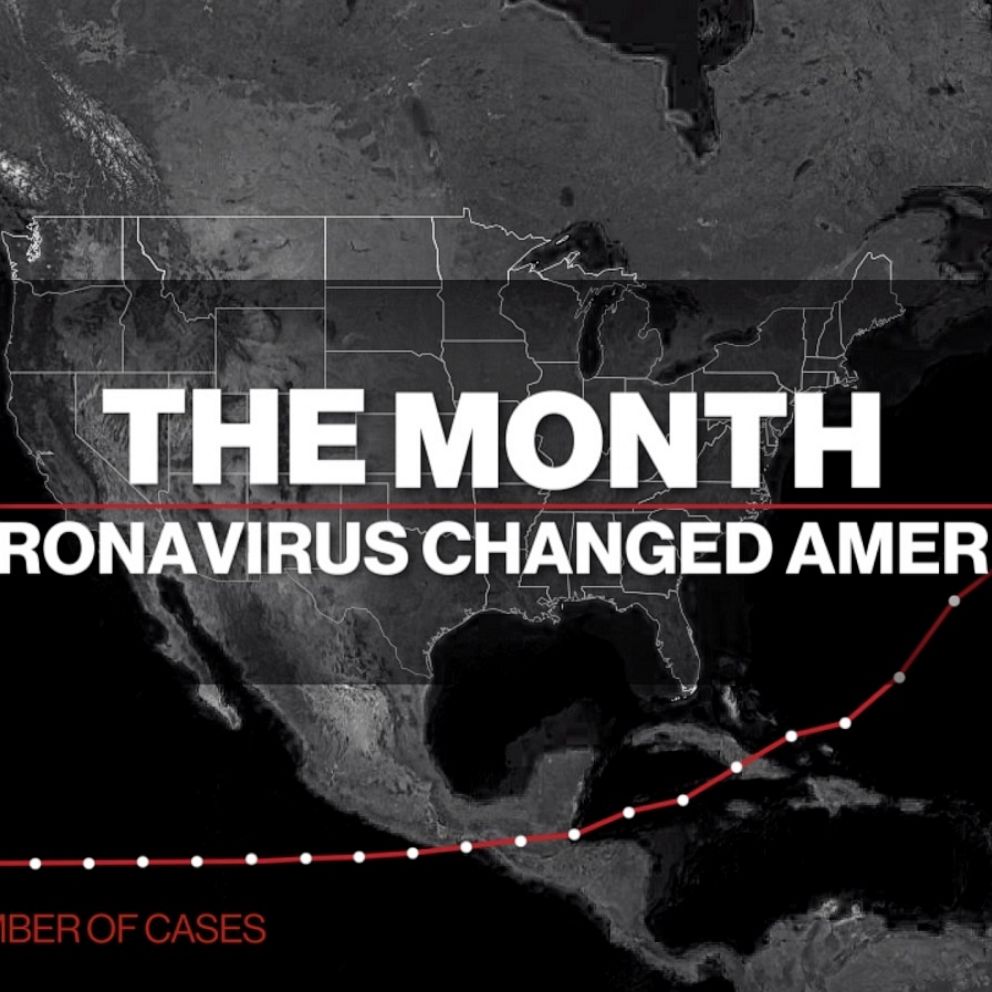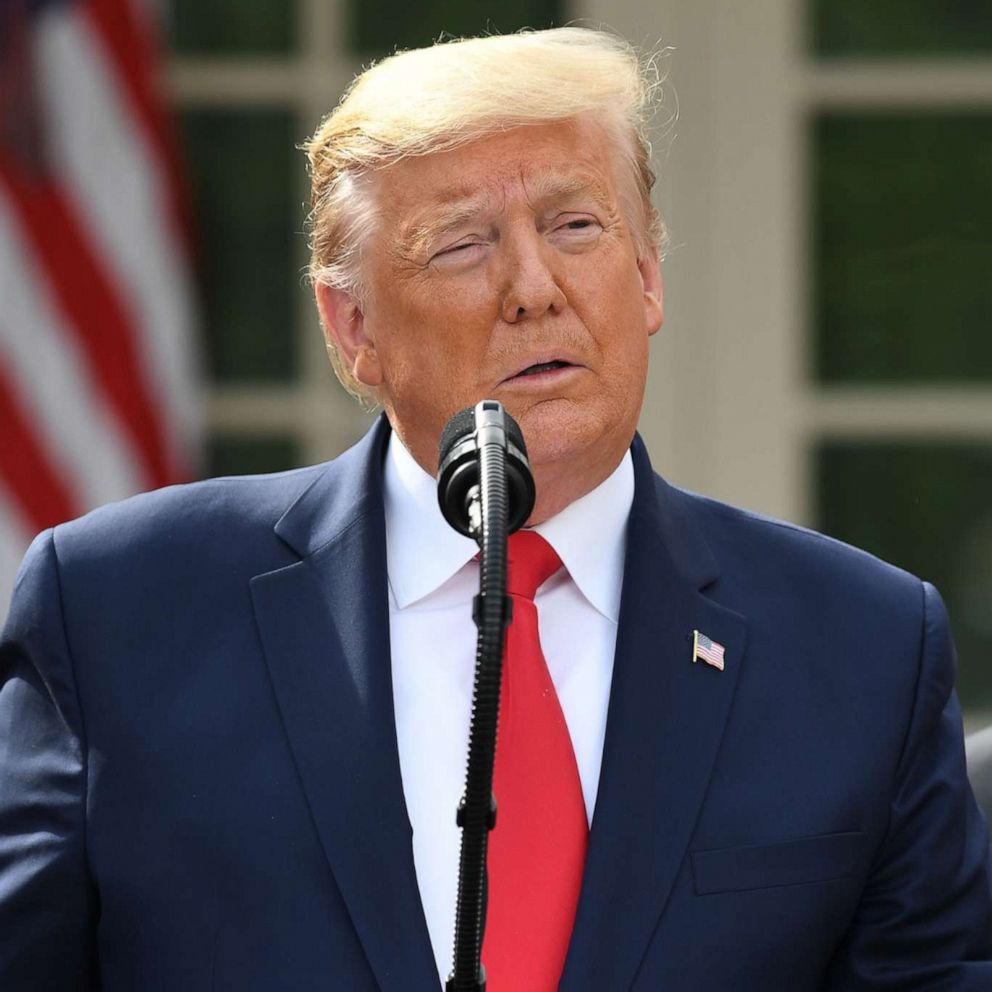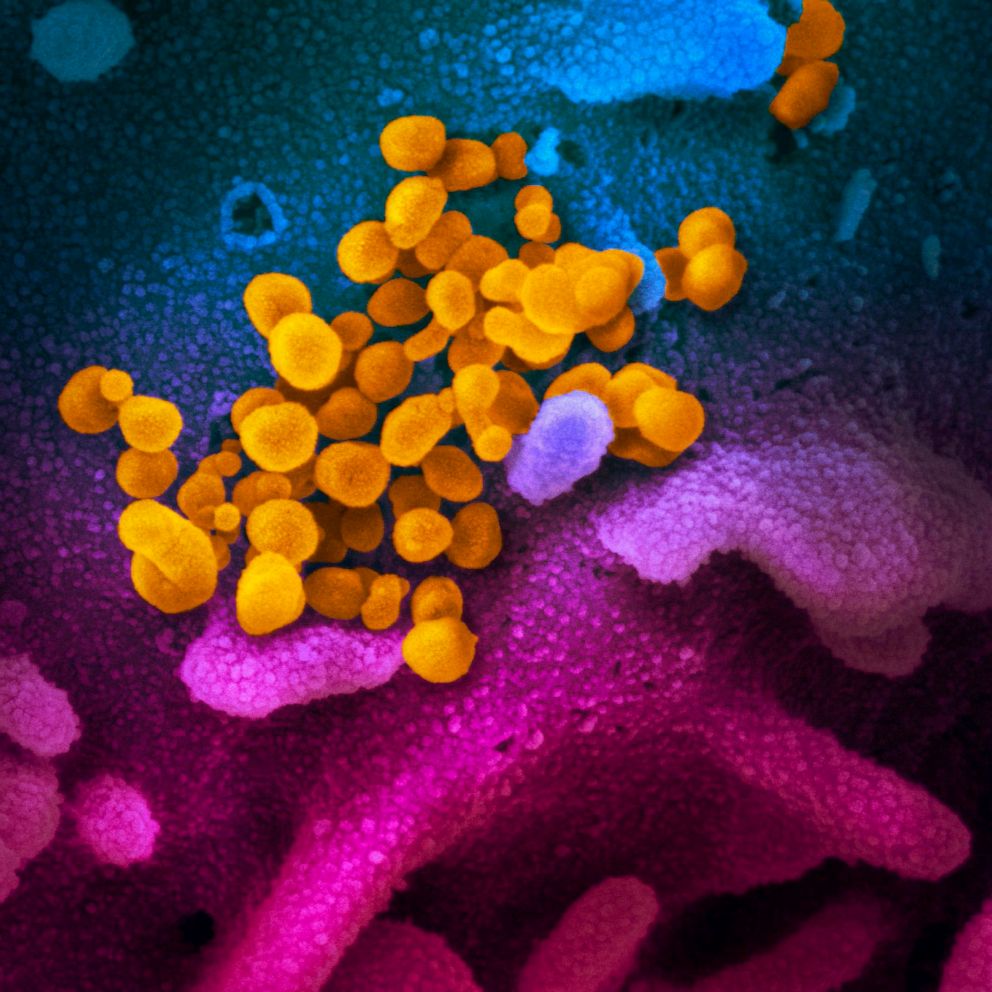In NYC, 'stark contrast' in COVID-19 infection rates based on education and race
The new analysis by NYU found that race and overcrowding were factors.
As COVID-19 cases and deaths continue to mount in New York City, the epicenter of the United States' outbreak, researchers are uncovering clues about which neighborhoods have been hardest hit by the disease -- and which characteristics of those neighborhoods put residents at risk.
New analysis by researchers at New York University's Furman Center, which studies housing, neighborhoods and urban policy, found that strongest neighborhood factors linked to high COVID-19 rates were having a large share of black and Hispanic residents; having a high proportion of overcrowded apartments and having a large share of residents without college degrees.
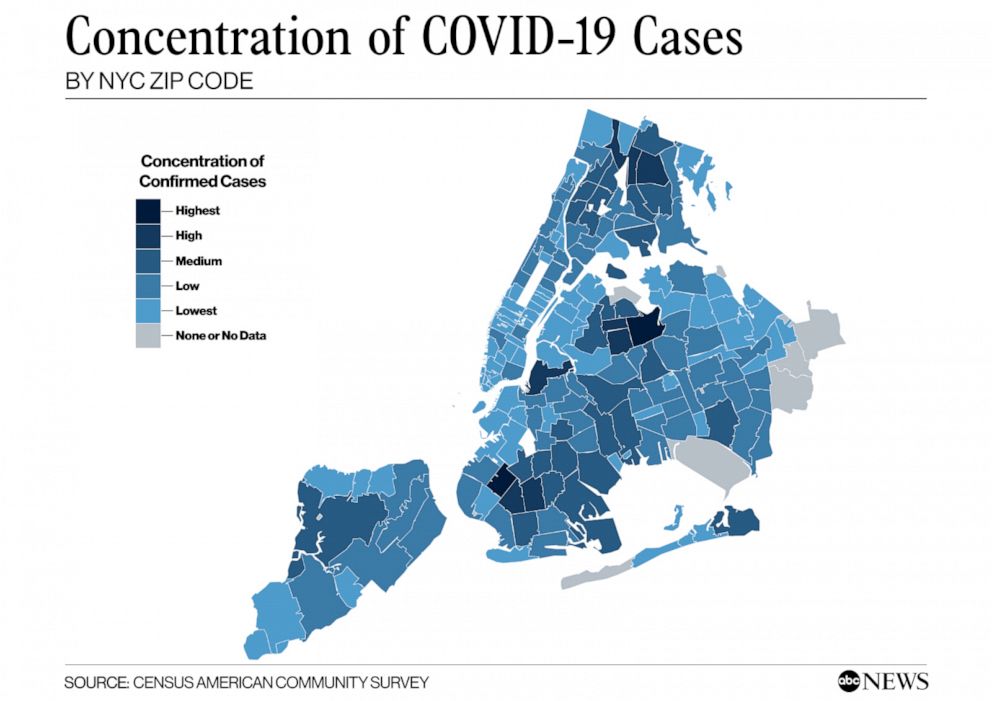
Work is a tradeoff between safety and security for essential employees
Staying at home is one of the strongest ways that public health officials have been attempting to get a handle on COVID-19, which has no cure or vaccine and appears to have a higher fatality and infection rate than the seasonal flu. Sheltering in place is easier for some than others, experts say.
"Workers with college degrees are far more able to work remotely and therefore more safely shelter in place," said Ingrid Gould Ellen, a faculty director at the Furman Center, who worked on the new analysis.
In addition to being less likely to work from home, residents without degrees are more likely to rely on public transportation during the pandemic, creating an added exposure risk for them.
In New York neighborhoods with the highest COVID-19 infection rates, an average of 28.7% of residents had college degrees compared to 47.3% of residents in neighborhoods with the lowest infection rates, the analysis, which examined publicly available information, found.
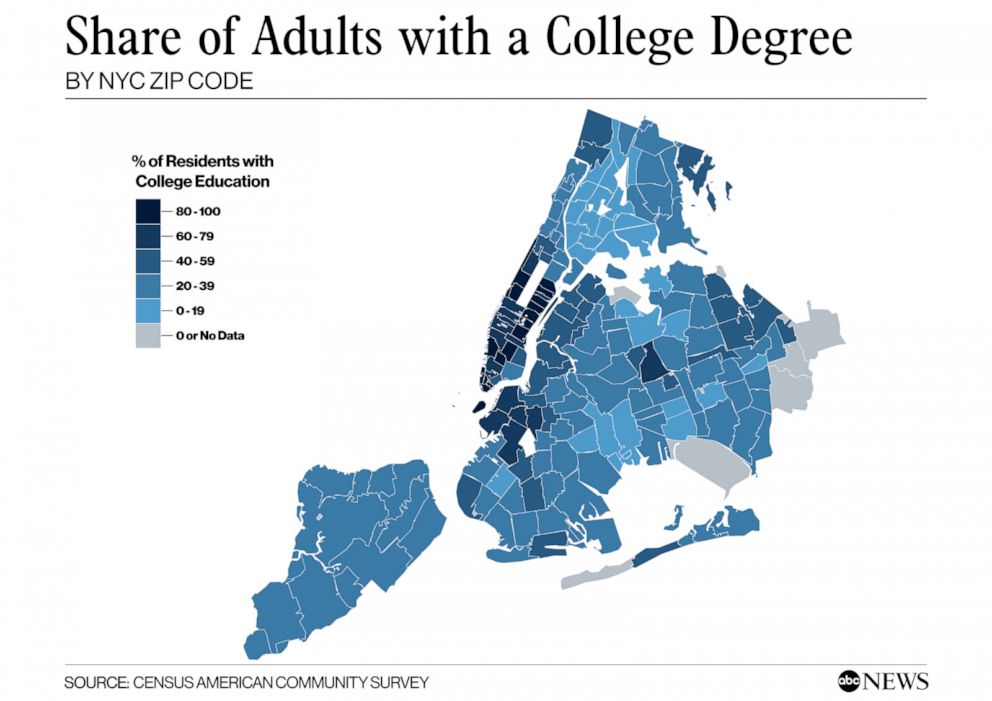
Some of those without college degrees are people in essential industries, like transit employees and grocery store workers, who "may have to make a far more difficult choice about whether to make a trade off between their personal safety and their livelihood," Ellen said.
"It's really tough."
There's been pressure from the White House and other government officials to keep coming to work, despite the risks. "You are vital,” Vice President Mike Pence told essential workers at a press briefing Tuesday.
"You are giving a great service to the people of the United States of America and we need you to continue, as a part of what we call critical infrastructure, to show up and do your job."
The optics are striking. Essential workers risk their health and safety to come to work, supporting the many white-collar workers who order delivery and earn paychecks from the safety of their homes.
"The issue of essential workers is really tricky, but boy, if we’re going to ask people to go to work, we need to figure out ways to protect them," Ellen said.
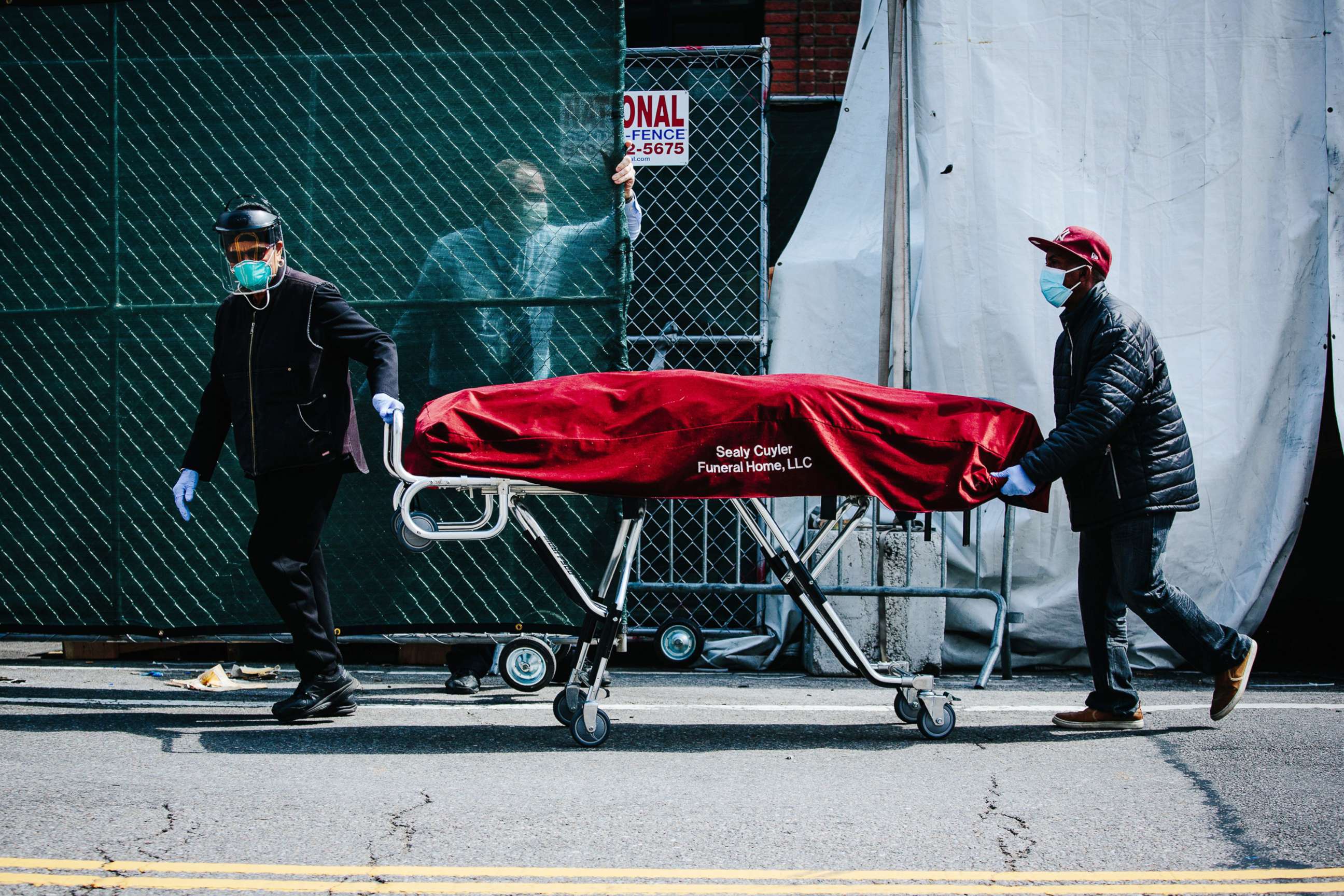
A disparate death toll in the Bronx
Another disturbing factor that's come to light as the outbreak has unfolded in the U.S. are racial disparities in COVID-19 infection and death rates.
"COVID-19 appears to have had a disparate impact on communities of color," the researchers write in their analysis.
Neighborhoods with the highest concentrations of COVID-19 infections were more likely to have a larger share of black and Hispanic residents than neighborhoods with low concentrations of coronavirus cases. Whiter neighborhoods tended to have lower concentrations of coronavirus cases, a phenomenon that mirrors racial differences in national teleworking trends.
Fewer than 1 in 5 black workers and 1 in 6 Hispanic workers are able to work remotely, according to the Economic Policy Institute.
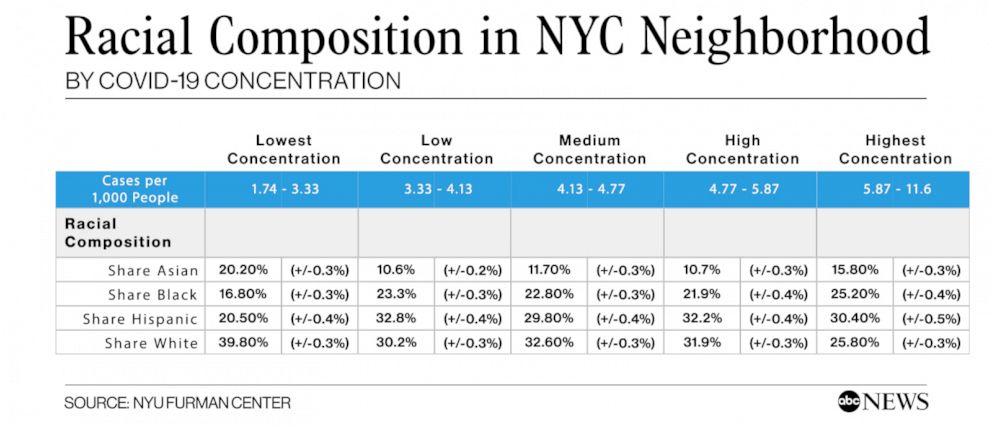
While there yet isn't ZIP code-level data on COVID-19 death rates, which makes it impossible to calculate death rates by neighborhood, preliminary data released by New York State found that 34% of deaths in New York City were among Hispanic residents (29% of population) and 28% were among black residents (22% of population), compared to 27% of deaths among white residents (32% of population) and 7% of deaths among Asian residents (14% of population) as of April 9.
The Bronx has been harder hit by coronavirus deaths than any other borough -- 20% of the deaths and 17% of the population.
It's a reality that Bronx city councilman Ritchie Torres knows firsthand.
"The Bronx not only has a greater prevalence of pre-existing conditions, it also has greater representation in the essential workforce," he said. "It is often people from the Bronx who are risking their lives on the frontline, so that the rest of us can have the luxury of working from home," he added.
"Racially concentrated poverty predisposes you to COVID-19 at its worst — at its deadliest," Torres added.
The new analysis, however, did not find a strong link between neighborhoods with high concentrations of COVID-19 infections and poverty. Instead, the poverty rate was fairly similar in neighborhoods with high and low infection rates, which Ellen said surprised her.
"What poverty rate really does predict, sadly and alarmingly, is mortality," she said.
The Bronx is by far the borough with the highest death rate, she explained. It's also the borough with the highest poverty rates, which is likely a proxy for the underlying health conditions, such as diabetes, asthma and hypertension, that make people more vulnerable to developing severe and deadly COVID-19 complications.
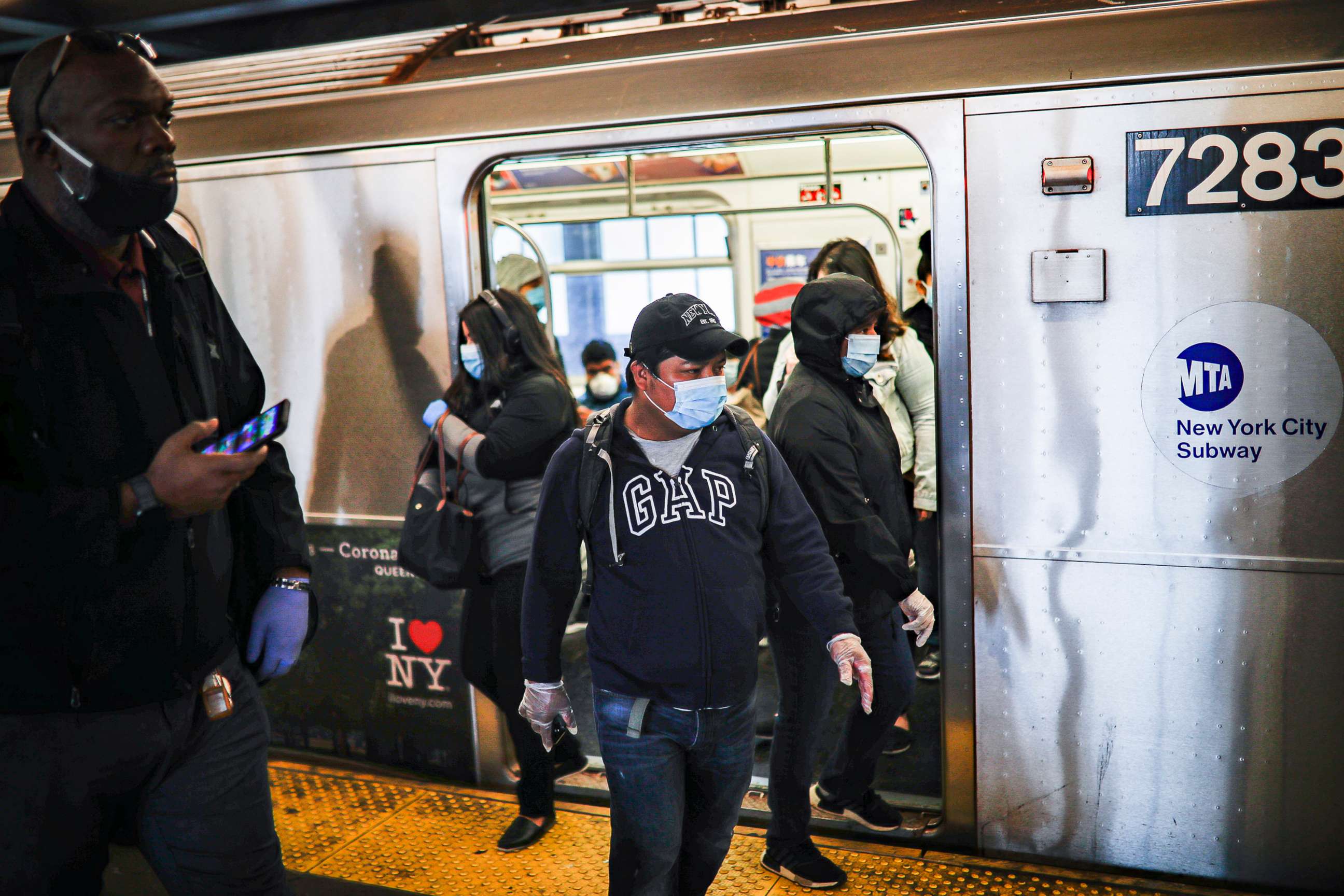
Still, Ellen cautioned that the weak link between poverty and infection rates could also have to do with differences in testing rates across the city.
"People living in higher poverty neighborhoods may be less likely to be tested, which would make the infection rates appear lower in those areas," she said. "Undocumented people in particular may be hesitant to seek testing."
What to know about Coronavirus:
- How it started and how to protect yourself: Coronavirus explained
- What to do if you have symptoms: Coronavirus symptoms
- Tracking the spread in the US and Worldwide: Coronavirus map
Those racial disparities aren't lost on Torres' South Bronx constituents, who are at a disproportionately at risk of dying from the disease. They're going to work on the subways, in hospitals and in NYCHA buildings without enough personal protective equipment to keep them safe, he explained.
"There’s an atmosphere of fear," said Torres, who contracted COVID-19 himself and has since recovered.
"Bronx residents are clearly aware that the risk is not the same everywhere," he said. "The disparate death toll is an indictment of American society," he added. "Places like the Bronx have been left behind for far too long. We often speak of the immune system of an individual, but what about the immune system of American society?"
"The contrast could not be starker."
